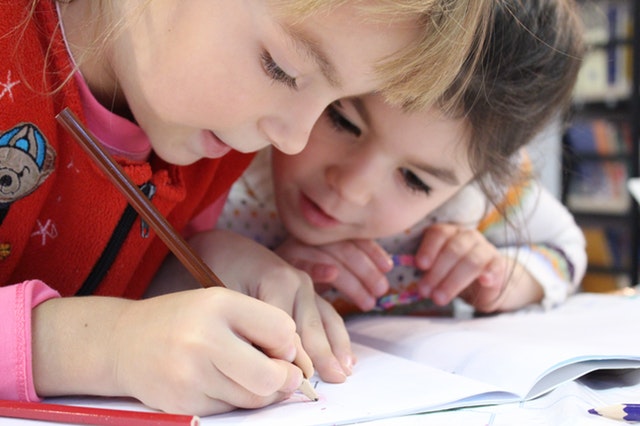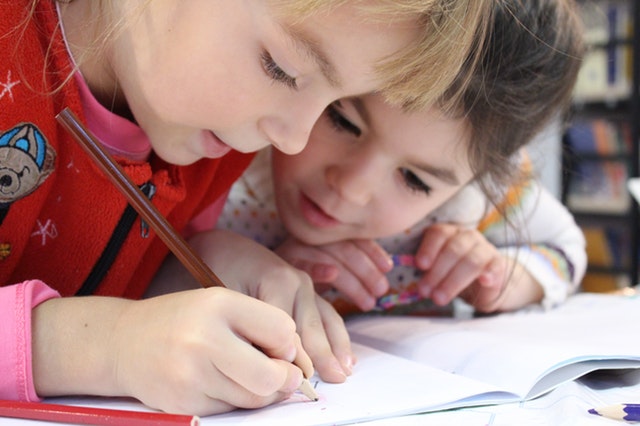Dear Confessional,
I am not a morning person at all. It’s actually really bad. Let me take you through a brief history of my wake ups. As a kid, I used to iron grip my covers over my face to shut out the sunlight, because it was so warm and cozy under those sheets. I battled the repeat attempts to wake up until I was on the verge of serious lateness. My dad used to try and “peel” me out of bed and literally drag me into the bathroom because I gave him “dead legs” and refused to walk. I would hold onto doorframes just to prove my point that I preferred to be in bed, not getting ready for school. He even tried waking me up with wet cotton ball drips in my ear and on my face to wake me up, which just pissed me off—nothing worked well.
Over time, he avoided the fights all together and wouldn’t utter a word. He would quietly remove the covers, slide my feet to the edge of the bed (as I continued sleeping, of course), sit me up, drag me into the bathroom (with a quick grab of the doorway for dramatic effect), prop me up against the sink, turn on the light, and close the door. Done. Yes, I did sleep while sitting up on the toilet for a bit, but I eventually managed to get myself to school on time.
So naturally, one would only expect that my children would avoid the morning routine like the plague. I do have to give them credit, though, because they are much better than I—thank goodness!
I have been through most of the school morning drama by now, with children ranging from 3- to 10-years old. Yes, I am fully aware that the pre-teen years don’t even come close. Believe me, I’m starting to see it already. Anyway, I digress…
Since I am queen of the anti-morning routine and master of the snooze button, I decided to find a way to wake up the kiddos without a fight or a fuss. As determined as I am, I did find a few—and of course, I will share.
Meaningful call-to-action
The call-to-action is your most important driving force. What I mean is that a quick wake up with a smile is virtually impossible, UNLESS, there is a really good reason. Creativity, my friends, creativity!
Here are my top five tips:
1. When in doubt, play it out. Such an enormous request from your tired little ones must be worth it. One option is to wake them up with a fun game that has a time limit. DO NOT, I repeat, DO NOT pit the kids against each other, or you will end up with a morning rivalry that will send you running for another cup of coffee and some chocolate before breakfast. Make it an individual game for all.
Here’s one: Walk into the room, turn on the lights, and ask your little ones to get out of bed and line up on the floor in front of you in the best statue of an animal, Disney character, or anything else. Close your eyes and tell them you will count to whatever number you choose (change it every day for variety), and then guess their pose when you open your eyes. Sounds silly, but it works every time. Kids unbelievably run out of bed and start their day with laughter and a smile, especially if there are multiple siblings. Over time, the results may nearly always have something to do with pooping, farting, or butts—but they ultimately get out of bed for a laugh.
2. Eye on the prize. You could also make a time limit to get fully dressed for a small reward of your choice (i.e., an activity, chance to play outside before leaving for school, or even a tiny morning treat). You know your kids, so do what works. Help him/her win, but do the time limit thing again that is secretly stretchable. After a while, they will do this to see if they meet the time, and your reward can disappear.
3. Guess what?! A third idea is to simply wake up with humor and a secret. This works especially well with the older kids. Walk into the room with an exciting anecdote about anything (i.e., something you remember, something that happened, or your faux pas from the other day). Waking up can be serious business and can turn ugly quick— so remember to tread lightly, my friend!
The next goal is to get your child out of the snuggly sleeping position with a mention, “Oh, I have something really [fill it in—important, funny, silly, scary, etc.] to tell you. First, you need to sit up and I’ll give you a hint. You’ll really want to hear this!” After your hint, complete the story only when the child visibly starts getting ready. Then find anything to tell them, but make it worth it. Curiosity gets them every time, especially when you change it up and make it fun and interesting.
4. Always wear your best smile. Last—and most important—no matter what you do, fight your anxious urge to speed up the morning and rush your kids out of bed in haste. This is the biggest time drainer and ultimately a timeliness death trap! Code red on the “get out of bed now, we’re late” talk. The struggle, resistance, annoyance, and sloth-like behavior will only result and cast a dark cloud on your morning, beware! Remember, no matter what: stay light, funny, playful, positive, and thankful for their considerate pace.
5. Star awards. If you plan on turning your peaceful and punctual morning into the new mainstay, make sure to praise, praise, praise! After the morning hustle at home, give your child a verbal or tangible “Star Award” (i.e., waking up with a smile, getting dressed quickly, no whining, eating a good breakfast, cleaning up after eating, sharing with siblings, helpfulness). These positive acknowledgements, as part of your morning routine, not only demonstrate your appreciation for even the smallest positive behavior, but also help to build self-esteem that your child will continue seeking. This routine also serves to start a positive day, no matter how the morning transpired. I typically do this during the car ride to school. Start off with an announcement and clues about the child, and then reveal his/her name at the end. We all celebrate top effort with a round of applause, and my kids feel so proud. At the end, they even make sure to include me in an award announcement too.
So that’s it. Adjust those top five strategies as you need, and you will experience a happier, more peaceful, and timely morning with your kiddos. I hope this helps ease your morning hustle and flips those wake-up frowns upside down. Until next time…
With Love,
Ruthi
Ruthi Davis is a the Founder of Ruth Davis Consulting LLC with over two decades of success in advertising/marketing, media/publicity, business development, client relations, and organizational optimization for a variety of clients. Ruthi is a proud mom and influencer in the parenting and family market as founder of the Superfly Supermom brand.























